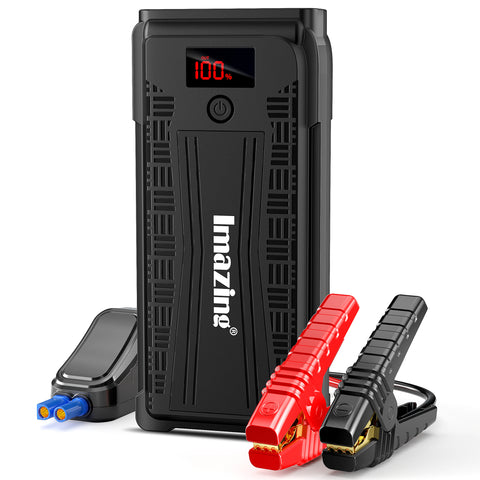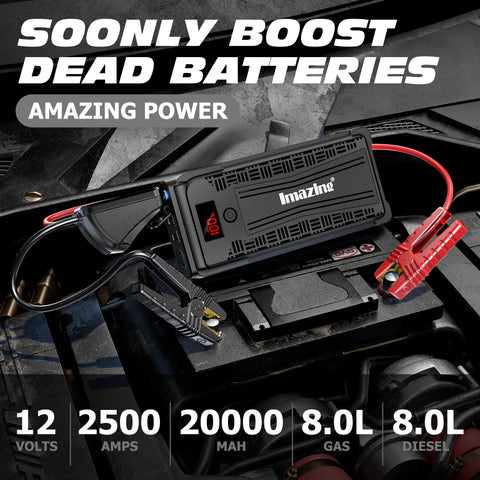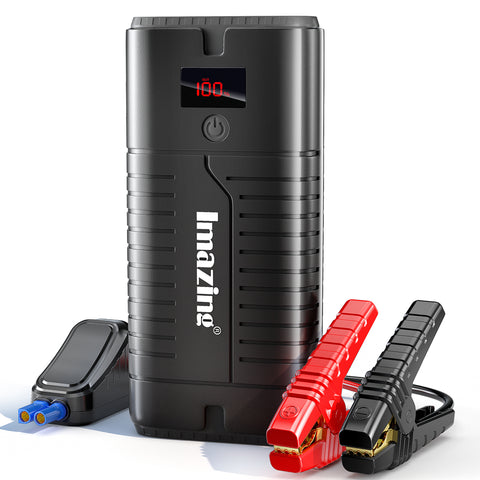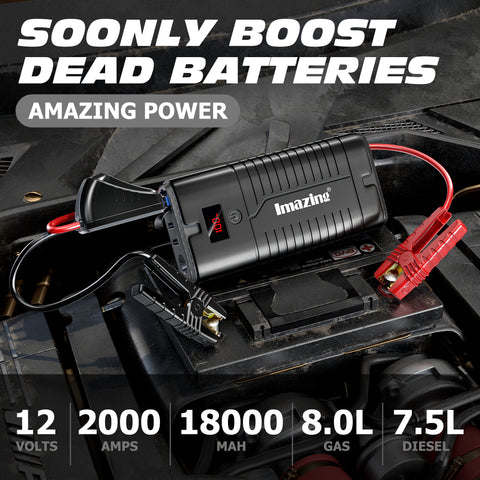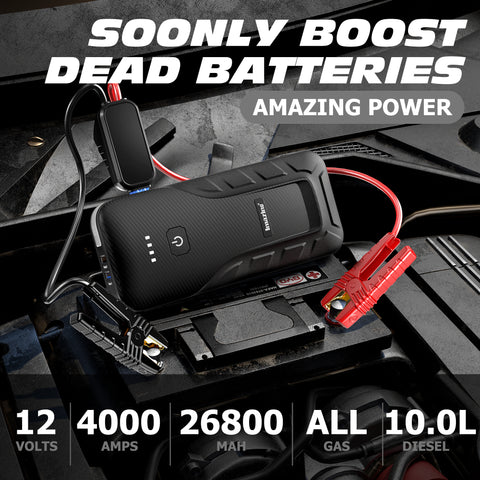Series and Parallel Battery Packs
Be sure the batteries you are connecting have identical voltage and capability rating. Otherwise, you'll find yourself with charging issues, and shortened battery life.
To connect batteries in a series, use jumper wire to attach the negative terminal of the primary battery to the positive terminal of the second battery. Use another set of cables to attach the open positive and negative terminals to your application.
Batteries accomplish the specified operative voltage by connecting many cells in series; every cell adds its voltage potential to derive at the full terminal voltage. Parallel association attains higher capability by adding up the full quantity unit (Ah).
Most battery chemistries lend themselves to series and parallel association. it's vital to use identical battery sort with equal voltage and capability (Ah) and never to combine totally different makes and sizes. A weaker cell would cause AN imbalance. this is often particularly important in a very series configuration as a result of electric battery is just as sturdy because the weakest link within the chain. AN analogy could be a chain within which the links represent the cells of electric battery connected asynchronous
To join batteries in parallel, use a jumper wire to attach each the positive terminals, and another jumper wire to attach each the negative terminals of each batteries to every alternative. Negative to negative and positive to positive. you'll be able to connect your load to 1 of the batteries, and it'll drain each equally. However, the popular methodology for keeping the batteries equalized is to attach to the positive at one finish of the battery pack, and therefore the negative at the opposite finish of the pack.
